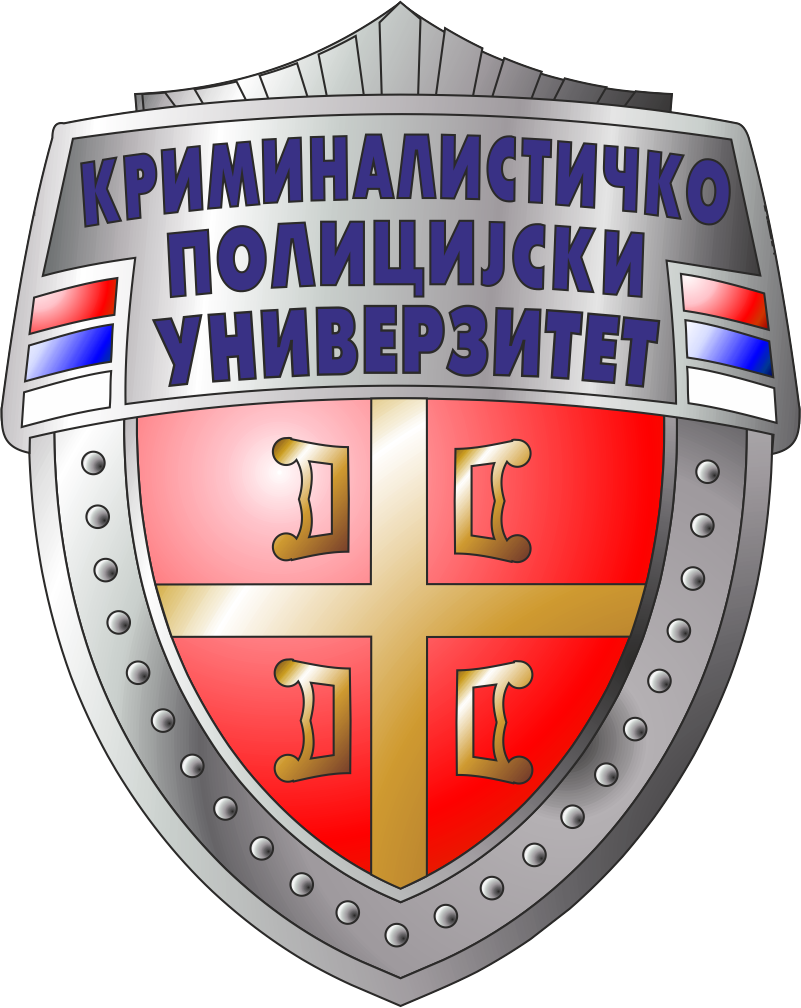Приказ основних података о документу
Improvement of Thematic Classification in Offender Profiling: Classifying Serbian Homicides Using Multiple Correspondence, Cluster, and Discriminant Function Analyses
| dc.creator | Goodwill, Alasdair M. | |
| dc.creator | Allen, Jared C. | |
| dc.creator | Kolarević, Dag | |
| dc.date.accessioned | 2019-03-21T16:03:53Z | |
| dc.date.available | 2019-03-21T16:03:53Z | |
| dc.date.issued | 2014 | |
| dc.identifier.issn | 1544-4759 | |
| dc.identifier.uri | http://jakov.kpu.edu.rs/handle/123456789/567 | |
| dc.description.abstract | This paper investigates thematic classification of homicides for the purpose of behavioural investigative analysis (e.g. offender profiling). Previous research has predominantly used smallest space analysis (SSA) to conceptualise and classify offences into thematic groups based on crime scene behaviour data. This paper introduces a combined approach utilising multiple correspondence analysis (MCA), cluster analysis (CA), and discriminant function analysis (DFA) to define and differentiate crime scenes into expressive or instrumental and impersonal or personal crimes. MCA is used to derive the latent structural dimensions in the crime data and produce quantitative scores for each offence along these dimensions. Two-step CA was then utilised to classify offences. Offence dimensional scores were then used to predict cluster membership under DFA, producing cluster centroids corresponding to MCA dimensions. Centroids were plotted on the MCA correspondence map to simultaneously conceptualise crime classification and the latent structure of the Serbian crime data. Classification of offences based on MCA dimensional scores were 91.5% accurate. This MCA-CA-DFA approach may reduce some of the more subjective aspects of SSA methodology used in classification, whilst producing a product more amenable to objective and cumulative review. Implications for offender profiling research utilising SSA and this approach are discussed. | en |
| dc.publisher | Wiley-Blackwell, Hoboken | |
| dc.rights | restrictedAccess | |
| dc.source | Journal of investigative psychology and offender profiling | |
| dc.subject | homicide | en |
| dc.subject | instrumental and expressive aggression | en |
| dc.subject | behavioural investigative analysis | en |
| dc.subject | offender profiling | en |
| dc.subject | multiple correspondence analysis | en |
| dc.title | Improvement of Thematic Classification in Offender Profiling: Classifying Serbian Homicides Using Multiple Correspondence, Cluster, and Discriminant Function Analyses | en |
| dc.type | article | |
| dc.rights.license | ARR | |
| dcterms.abstract | Коларевић, Даг; Гоодwилл, Aласдаир М.; Aллен, Јаред Ц.; | |
| dc.citation.volume | 11 | |
| dc.citation.issue | 3 | |
| dc.citation.spage | 221 | |
| dc.citation.epage | 236 | |
| dc.citation.other | 11(3): 221-236 | |
| dc.citation.rank | M22 | |
| dc.identifier.doi | 10.1002/jip.1416 | |
| dc.identifier.scopus | 2-s2.0-84907881929 | |
| dc.identifier.wos | 000342899800002 | |
| dc.type.version | publishedVersion |


